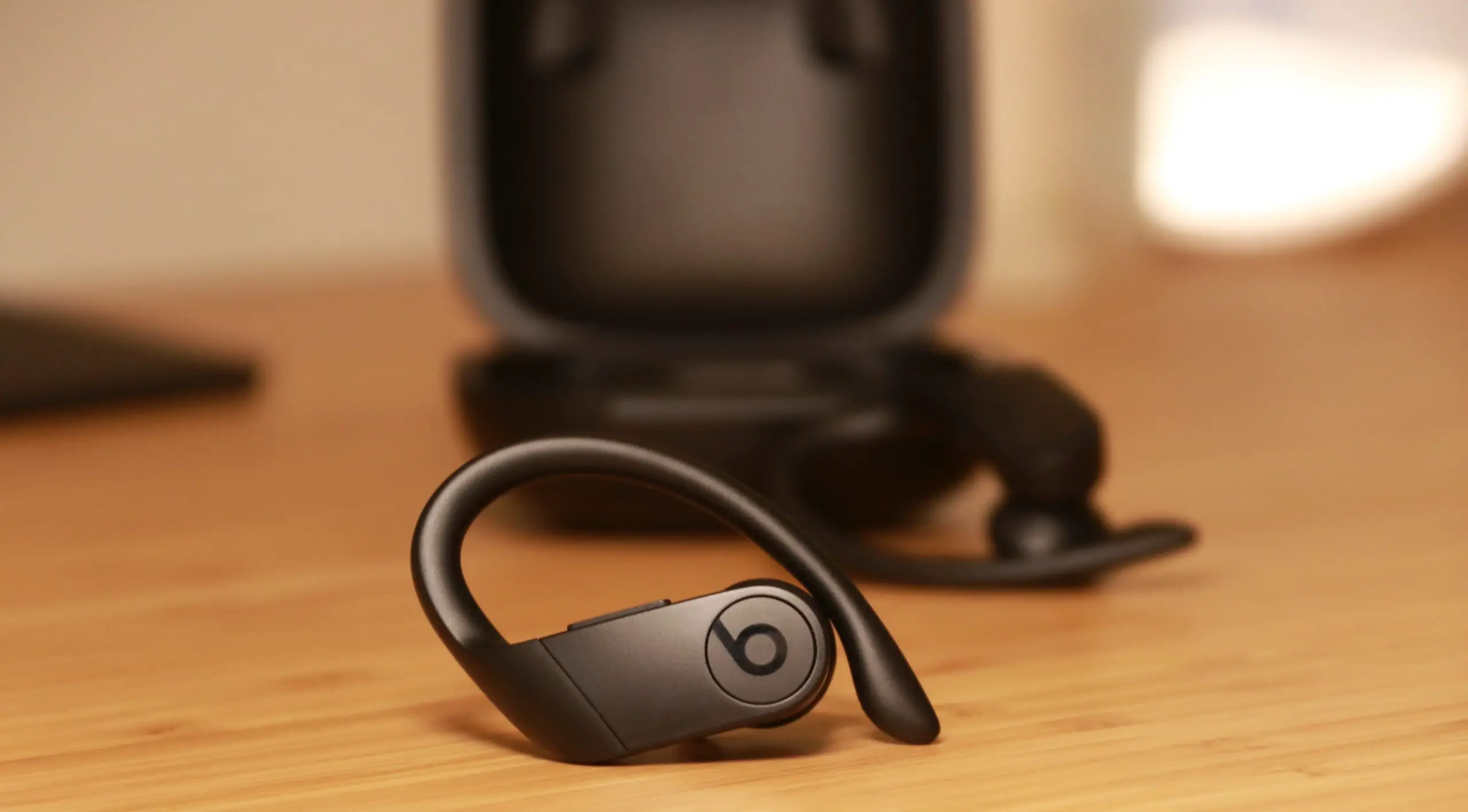Does iCloud Save Deleted Photos?

With Apple’s iCloud service, you can back photos and other files up to the cloud, making them instantly available to any device connected to your account. Because syncing is automatic, any cropping or edits you perform also sync to iCloud. But what does this mean if you delete a photo from your device?
Unfortunately, anytime you delete a photo from your device, it will also be deleted from your iCloud account. While you must be careful to avoid deleting photos, you have several options to keep photos where you want them and avoid syncing them where you don’t.
The method you choose depends on whether you need a temporary or permanent solution, if you’re the only person using your Apple devices, and if you’ve already shared data with other people or devices using iCloud. You can even combine some of the methods below if you’d like to achieve the most control over photos on your iPhone and other devices.
Saving Photos from iCloud to Your Camera Roll
You can also save photos currently in the cloud to your iPhone’s local camera roll. Open your album in Photo Stream, select “Edit,” then choose any pictures you want to save locally. Next, tap “Share” and select “Save to Camera Roll.” By doing this, the photos remain on your device, even if you delete them from iCloud or the device you initially took the photos on.
To automatically download all originals to your camera roll, open Settings and choose your profile. Select “iCloud,” tap “Photos” and enable “Download and Keeps Originals.” You can do this with any photos synced to your iCloud regardless of which device took the pictures. Then, you can safely delete the photos from your iCloud.
Deleting Photos From Your Phone Without Deleting Them from iCloud
The easiest way to temporarily delete a photo from a single device but leave it on the cloud is to disable iCloud Photos on that device. Go to Settings, select your name, and tap iCloud. Choose Photos, and you’ll see the option to turn off iCloud Photos. Then, you can delete the photo, but other devices using your Apple account will still be able to access it.
Remember that turning on iCloud Photos will prompt a sync, deleting any photos from your cloud account, or uploading new or edited photos.
Using Family Accounts to Control Syncing
Sometimes iCloud syncing becomes an issue because someone has signed into another device with their Apple ID on someone else’s behalf. This happens with parents and children. You want to be connected to your child and make sure they’re using their phone safely, but this method mixes everyone’s photos, files, and other data.
You can avoid this problem by creating a family and enabling Family Sharing. Every account added to your family can access shared services, such as a music subscription, purchases, files, and locations. But you have more control over what is shared.
To set up Family Sharing as the parent, launch your Settings app. Then, touch your name to open your profile, and select “Family Sharing.” First, you have to choose “Set Up Your Family.”
After that, you can create a child’s account for anyone under 13 years old. Family Sharing also lets you invite members, including another parent or guardian, over 13 who already have their own Apple ID or Game Center account to your family. They’ll receive an invitation to your family, which they can accept or ignore.
Once everyone is added to your family, teens and adults can still use their iCloud accounts. However, remember that any content synced by children under 13 to the cloud will sync to the parent’s cloud account because children cannot legally have their own online accounts in the United States.
If your child is already using your Apple ID for their iPhone, they can sign out and log in with a different Apple ID. Read on to learn how that works.
Using a Different Apple ID
Although most people use the same iCloud account as their Apple ID, you don’t have to. You can create a separate iCloud account while remaining signed in on your device with your Apple ID. This is a convenient way to get around common issues such as photos syncing or deleting on phones when you only want to make the change on one device.
To do this, you must sign out of your device. Open the Settings app and select your name. Scroll down and choose “Sign Out.” Your phone will verify which data you want to keep when you sign out.
Then, sign back in with a different iCloud account from the Apple ID section in your Settings app. Your iCloud will use this new account, and you should only sign in to it on devices that you want to sync. Any photos
Using Another Cloud Service
Finally, you can back up your photos to another cloud service. Dropbox and Google Drive are two such options, both of which have apps available for free in the iTunes app store. After opening whichever app you choose, you’ll need to give it permission to access your photos.
This creates a backup that you can access outside of iCloud. However, deleting photos on your iPhone may still delete photos synced to the third-party cloud service.
What Happens When You Delete Photos from iCloud?
While some people are more concerned over what happens when they delete photos from their Apple device, the cloud’s syncing feature means that photos you delete from iCloud will also disappear from any device that has the iCloud Photos feature turned on.
Fortunately, iCloud moves these deleted photos into a Recently Deleted album for 30 days, allowing you to reverse the action if you need to. You can find this album in the iCloud sidebar, which you may need to turn on. Choose one or more photos and select “Recover” to return them to their original locations. After a month, however, you’re out of luck.





